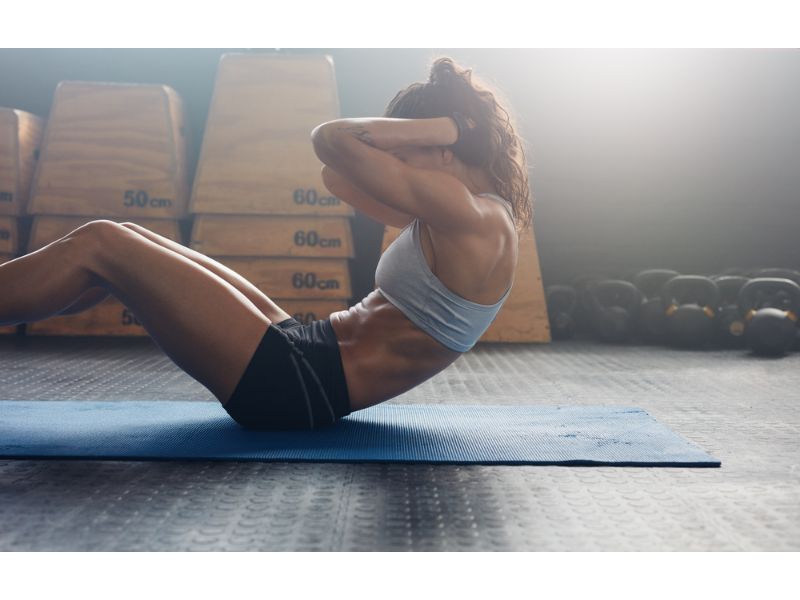Skiing is an activity that has many health benefits but also many risks of injury, especially for exercisers who are not physically ready.

Statistics show that one in 100 skiers is injured daily during the season. In falls, the most common injuries are knee ligaments due to cross-over of the skis (injuries to the anterior cruciate ligaments with almost 10-15% frequency), followed by shoulder joint dislocations, injuries to the collarbone, hip and other. Such injuries might permanently prevent you from skiing or, perhaps, result in chronic pain and lifelong problems. Preparation and training should begin 6 to 10 weeks before you go skiing. Skiing and boarding involve a specific workload that is significantly different from day-to-day activities. When skiing, the body suffers dynamic strain and requires adequate strength throughout the body. For skiing it is necessary to develop the following elements well:
Explosive leg strenght
It represents a specific ability that is extremely present in skiing. Strong and fast legs are a must in modern skiing techniques, especially when it comes to performing shorter and more dynamic movements. The well-developed explosive strength of the lower extremities enables the maximum use of physical capabilities for the needs of quality skiing. The purpose of the exercises used to develop this component is to prepare the musculature to meet the specific requirements that skiing as a sport provides. In addition to leg strength, successful and safe skiing also requires endurance, good coordination, muscular flexibility and balance. Each of these motor skills can be individually developed during the preparation period.
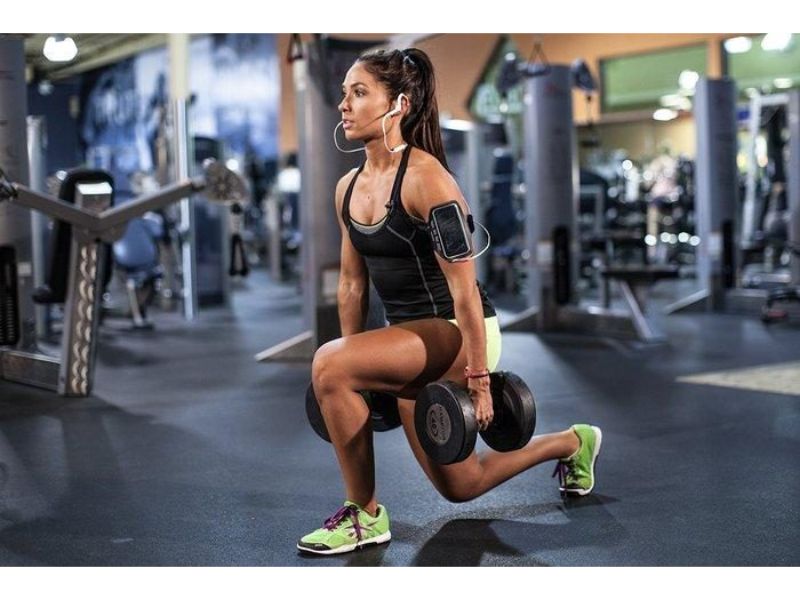
Durability
When it comes to endurance, it specifically refers to the ability of the cardiovascular system. In this case, we need aerobic endurance to be able to exercise for as long as possible, so it is very important to do the kind of training that will activate the aerobic components of the cardiovascular system. The best activities to do for endurance development are running, cycling, swimming, boating, hiking. For endurance, we recommend fast walking, roller skating or biking for 30 minutes, two to three times a week.
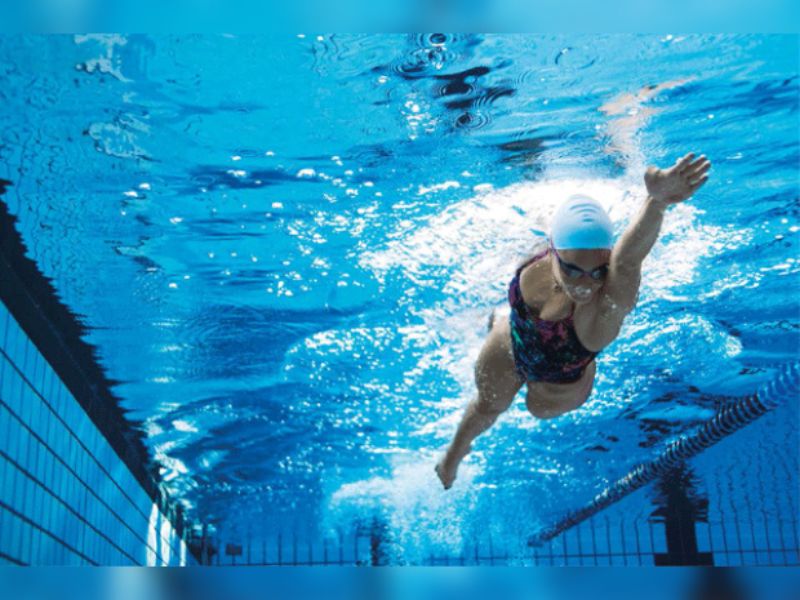
Flexibility
It is another basic ability that affect the statics and dynamics, and therefore the skiing ability itself. Exercising flexibility regularly reduces muscle tension, increases range of motion and protects joints. Particular attention should be paid to the lower extremities, which are most active during skiing, but we must not forget the other muscles as well. Stretching exercises should be performed primarily at the end of the activity when the muscles are tight and tired from work. This reduces tension and spares faster muscle recovery. In the preparatory phase, that is, at the beginning of physical activity, stretching exercises are applied after warming up in order to increase the range of motion that directly affects skiing. You can develop flexibility by doing stretching exercises, either active or passive. You can do it daily.
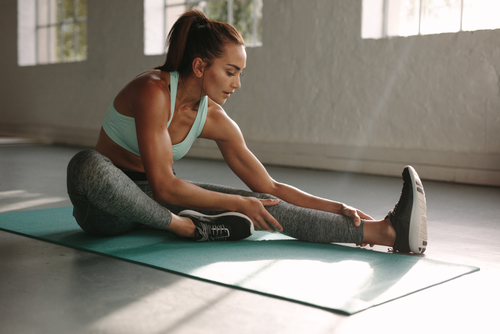
Balance
You can develop balance by using unstable surfaces, that is, by doing exercises on unstable surfaces. Skiing is a sport in which the body is constantly ejected from an equilibrium position, and the goal of each skier is to remain in dynamic equilibrium whereby the forces that occur when skiing properly affect the skis.
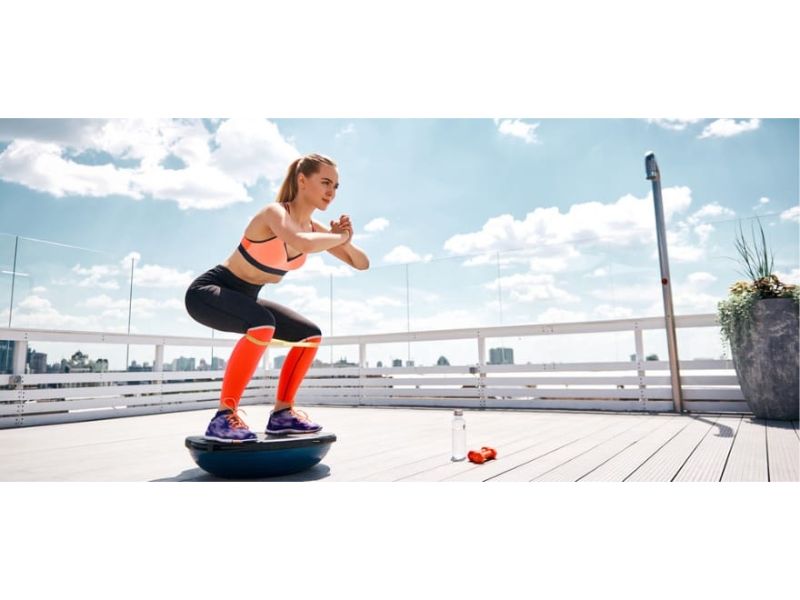
A very important segment in skiing is the strong core
The muscles that make up the abdominal wall, the lumbar back, and the muscles along the spine all the way to the neck muscles. Strengthening this part of the body will lead to easier movements in skiing, rotation of the torso, flexion and movement of the body both in the knees and hips. It is the basis of proper posture, helps protecting the body from injury and has the effect of improving the performance of skiing itself. Exercises are designed to keep the body posture for an extended period of time to keep the muscles in contraction for as long as possible. The main goal of working on static torso strength is to strengthen the deep muscles that hold the body and form the basis for further work.
